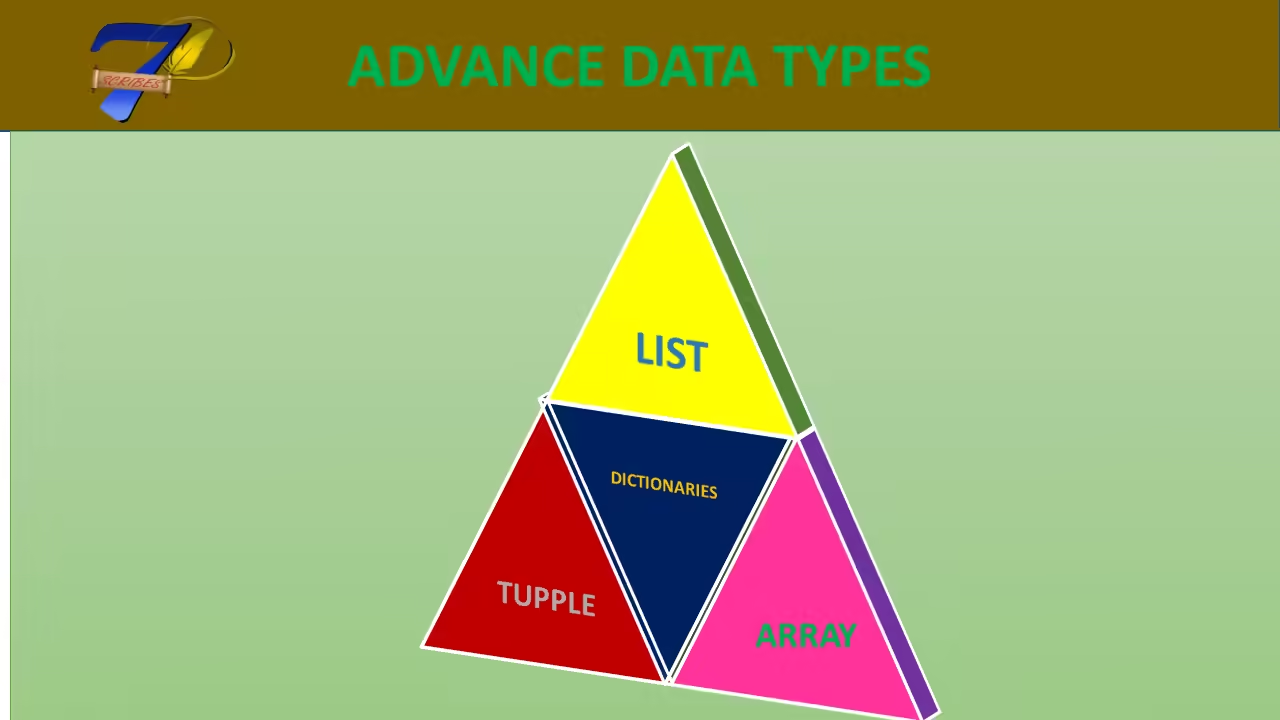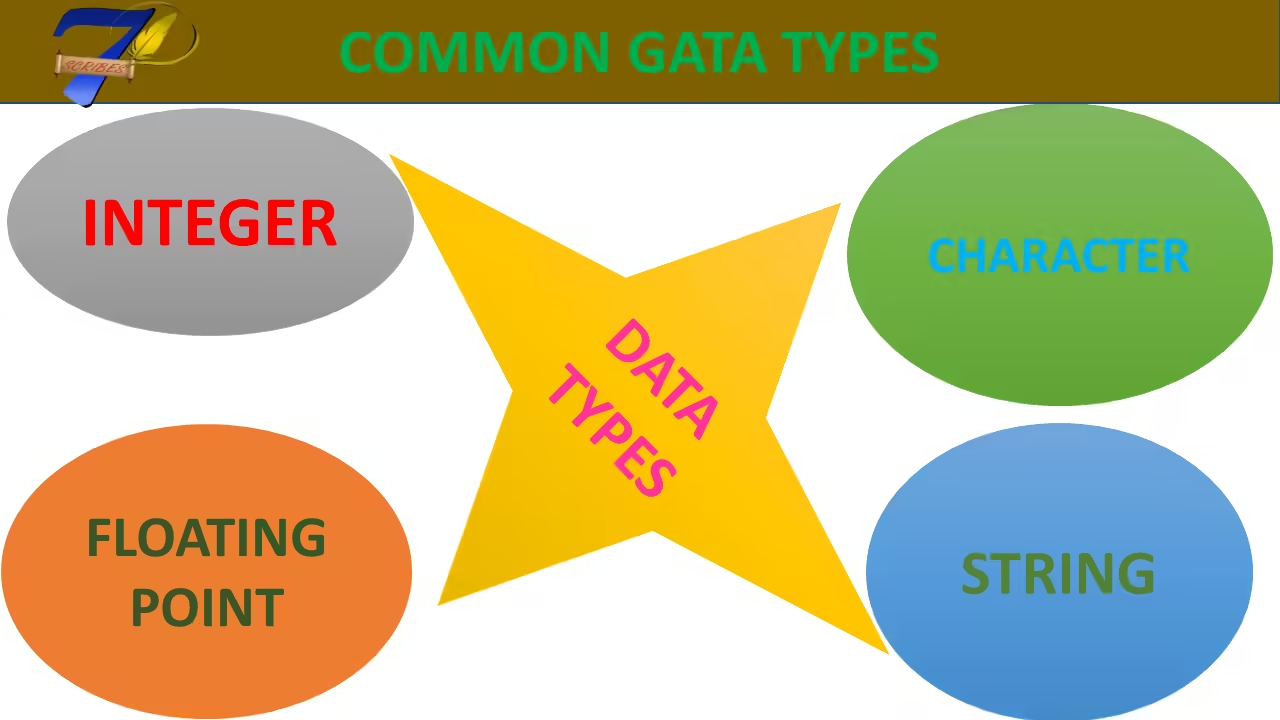There are different data types that we use in programming which define how much data can be stored and which type of operation can be performed on the data that we have stored in memory locations by using expressions like variable.Mostly we have to deal with data type in programming languages in this article we will discuss about different categories of the programming languages .
INTRODUCTION
In our daily lives, even within the confines of our residences, we rely on various appliances such as an electric kettle, refrigerator, and water tank. Each of these devices serves a distinct function and is tailored specifically for that purpose. For instance, a water tank is designated for the storage of water, which can then be utilized for drinking, laundry, and cleaning kitchen utensils. Similarly, a refrigerator is utilized to uphold items at a chilled temperature, thereby preserving their freshness. An electric kettle, conversely, is employed for the precise preparation of a delightful cup of coffee. It is imperative to note that the household appliances dictate the types of items or goods that can be stored within them and the activities that can be carried out with these items.
Just like a data type in programming defines the type of data that can be stored and the operations that can be performed on it. For example, an integer can store integer values and allow arithmetic operations to be performed on them. It is not possible to store floating point values in an integer data type, just as it is not possible to store character data by using integer that has been declared.
|
Type |
Representation |
Purpose |
Example |
| Integer | int | Store numeric value except decimal point | 2,3,4,5 etc |
| Floating point | float | Store numeric data including decimal values | 2.3,5454.3 |
| Character | char | Store single character | ‘a’, ’$’ ,’A’ |
| String | string | Store collection of characters or store any text | This article is about data type |
COMMON DATA TYPES
Like different home appliances which we use to store different goods and items there are multiple types that we can use to store different values.
1.Interger
The most frequently utilized data type is integer, which is employed to store numerical values excluding decimals. The common operations that can be conducted on the values stored using the integer data type encompass arthematic operations, comparison operations, and logical operations. There exist various types of integer data types based on their size, which varies according to the programming language. The two primary subtypes of integer data types are signed and unsigned. The table below details the size and range of integer data types for further elucidation.
|
TYPE |
SIZE | RANG FORMULA2n-1 |
RANGE |
| int | 32bits | 232 -1 | -2,147,483,648 to 2,147,483,647 |
| Signed | 32bits | 232 -1 | -2,147,483,648 to 2,147,483,647 |
| unsigned | 32bits | (232 -1)square | 0 to 4,294,967,295 |
2.Floating Point
The second most crucial data type is floating point, utilized for storing numeric values with decimal points. It allows for various operations similar to those performed on integers, such as arithmetic, comparison, and logical operations. Additionally, there are surprising features associated with floating point, as detailed below.
|
TYPE |
SIZE | RANG FORMULA2N -1 |
RANGE |
| Float | 32bits | 232 -1 | -2,147,483,648 to 2,147,483,647 |
| long | 64bits | 264 -1 | 3.4 x 10-38 to 3.4 x 10+38 |
| Long double | 80bits | 280 -1 | 1.7 x 10 -308 to 1.7 x 10+308 |
3.Character
Prepared ,the char type is a data type utilized for storing a single character, such as a punctuation mark, blank space, or any other special symbol. It is limited to holding only a singular character and lacks the capacity to accommodate words or sentences. Common operations that can be performed on the char type include comparison, conversion, and input/output functionalities.
4.String
String tasked with storing a sequence of characters. For instance, when we need to store a lengthy text or a sentence, we utilize the string data type. This data type allows for the storage of multiple characters in a sequence, enabling common operations such as concatenation, indexing, comparison, and more.
5.Boolean
Boolean data type is a crucial element in the realm of programming, possessing the capacity to store logical values such as true or false. These values are utilized to signify binary operations, where true represents one and false represents zero. The primary operations that can be carried out on the Boolean type are comparisons and logical operations.
ADVANCE DATA TYPES
Advance Data types delve into some fundamental types that are commonly utilized across various programming languages. However, there exist advanced types that cater to the needs of programmers in accordance with specific languages, albeit not universally supported. The following are a few examples discussed below.

-
List type
List data type is a sophisticated data structure that enables the storage of diverse types of data. Unlike other data types such as integers or characters which have limitations in storing different types of data, a list data type allows for the storage of various data types in a specific sequential order. Common operations that can be performed on a list data type include indexing, slicing, concatenation, membership testing, sorting, and addition. While some programming languages may refer to lists as arrays, it is important to note that arrays have constraints as they can only store data of the same type.
-
Tupple
Tupple, akin to the list, possesses the characteristic of immutability, signifying that the data within a tuple cannot be altered once the tupple is instantiated. In simpler terms, a tuple is immutable. The key attributes of a tupple include order of elements, immutability, heterogeneity, and index. Common operations that can be performed on a tuple encompass indexing, slicing, determining length, and finding elements.
-
Dictionaries
Dictionaries represent an advanced data structure capable of storing key-value pairs, where each key serves as a unique identifier for any data type, such as numeric, string, or floating point values. These keys allow for precise access to specific values within the dictionary, with each value corresponding to the associated key.
Common operations that can be performed on dictionaries include adding, modifying, deleting, and checking for the existence of keys, retrieving key-value pairs, and assessing key presence. Notably, dictionaries exhibit characteristics such as unordered key-value pairs, allowing for any data type to be used, and immutability in certain programming languages. In some contexts, dictionaries are also referred to as association arrays or hash tables.
-
conclusion
Data types are the fundamental building blocks of programming, defining the kind of data that can be stored and the operations that can be performed on it. Just as different household appliances are designed for specific purposes, they serve distinct roles in programming. Understanding and effectively utilizing it is crucial for writing efficient and accurate code.
FAQs
-
What is the difference between integer and floating-point data types?
- Integer: Used for whole numbers without decimal points.
- Floating-point: Used for numbers with decimal points.
-
Can a character type store a word or sentence?
- No, a character type can only store a single character.
-
What is the purpose of a Boolean type ?
- To store logical values (true or false).
-
What are some advanced types of data in programming?
- List, tuple, and dictionary.
-
Why is it important to choose the right type of data for a variable?
- Choosing the correct type ensures efficient memory usage and prevents potential errors in your code.
READ MORE ABOUT PROGRAMMING

nice engageable content 👍👍